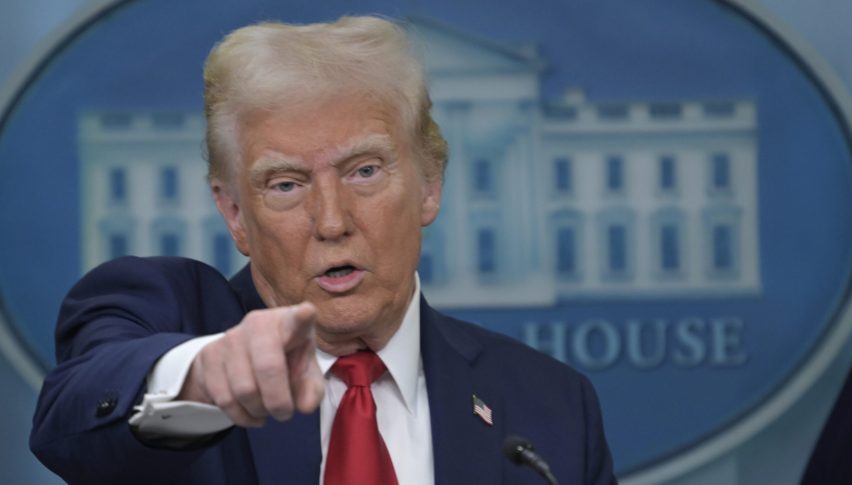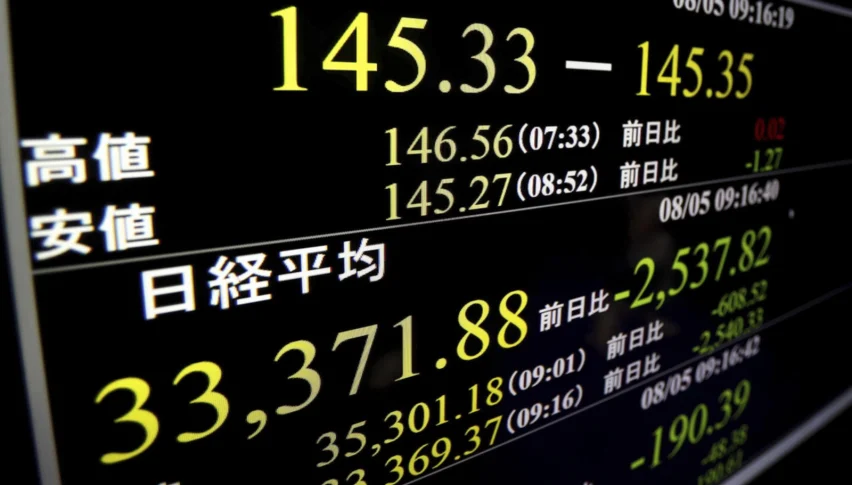U.S. Tariffs Ring Recession
President Trump’s recent sweeping universal and reciprocal tariffs have faced criticism for being worse than anticipated, with some warning that the trade shocks could lead to an economic downturn in the U.S. and globally.

Trump announced a 10% tax on all U.S. imports and imposed tariffs on several nations, roughly equal to half the taxes they apply to U.S. goods. China has been the most severely affected, with 54 percent of U.S. imports subject to tariffs.
The European Union will face 20% tariffs, while tariffs on Taiwan, Switzerland, Thailand, and Bangladesh will range from 30% to 50%. Certain essential minerals, lumber, gold, copper, and medications will be exempt from tariffs. Additionally, the 25% car tax imposed by Trump will take effect this week.
PMorgan analysts mentioned they would hold off their predictions until they witnessed how Trump’s tariffs would be executed in the coming days.
JPM analysts also cautioned that the total execution of Trump’s economic policies would represent a considerable macroeconomic shock in part of their forecasts.
“Due to the magnitude of the sentiment impact of the stimulus and retaliation from countries experiencing unprecedented increases in tariff rates, this shock will most likely be amplified,” JPM analysts noted in a statement, cautioning that a significant tariff shock loomed a recession in both the United States and in other parts of the world.
Well Fargo analysts commented that the newly introduced tariffs were deeper than anticipated and exceeded market expectations. The tariffs amplify a negative effect on the United States and the marked countries.
Wells Fargo also predicted easing downstream of the Federal Reserve until mid-2025 to mid-2026, expecting most of this to happen in the first portion of 2026.
WFC believes mild easing will occur in the next couple of meetings of the Federal Reserve, whose officials have hinted an unwillingness to lower rates soon.


